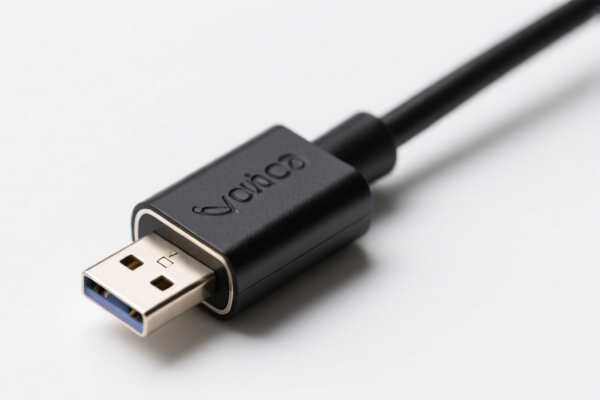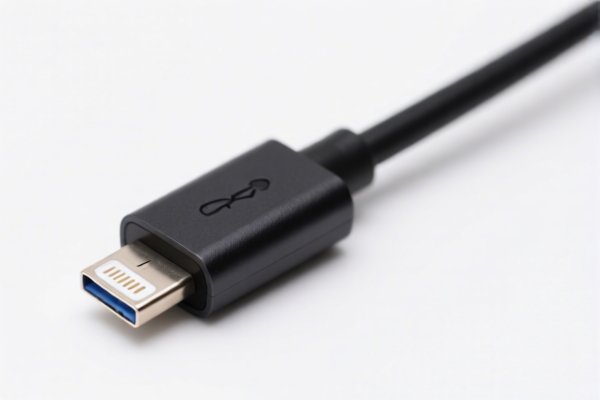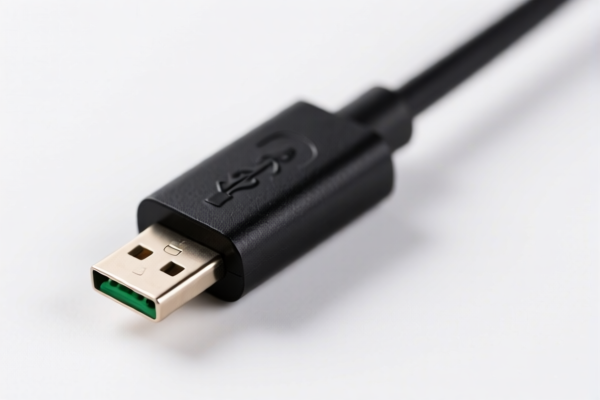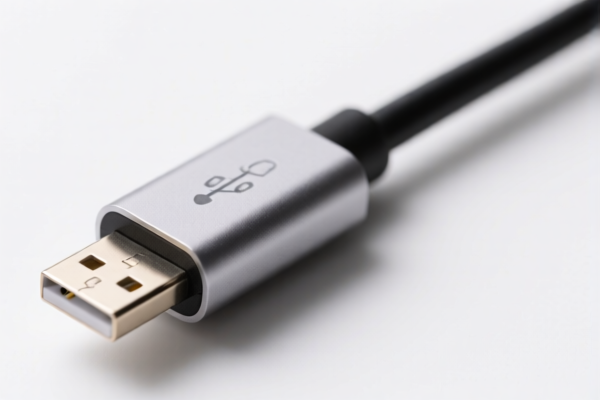| HS Code | Official Doc | Tariff Rate | Origin | Destination | Effective Date |
|---|---|---|---|---|---|
| 8548000000 | Doc | 55.0% | CN | US | 2025-05-12 |
| 8543706000 | Doc | 55.0% | CN | US | 2025-05-12 |
| 3917400095 | Doc | 60.3% | CN | US | 2025-05-12 |
| 3917390050 | Doc | 33.1% | CN | US | 2025-05-12 |
| 3926903000 | Doc | 59.2% | CN | US | 2025-05-12 |
| 3926909987 | Doc | 42.8% | CN | US | 2025-05-12 |




Transfer Line Adapter
A transfer line adapter is a component used in radio frequency (RF) and microwave engineering to connect components with differing waveguide or coaxial connector types. It facilitates the transmission of microwave energy between systems or devices that utilize incompatible interfaces.
Material
These adapters are typically constructed from:
- Brass: Common for lower frequency applications due to its good conductivity and machinability.
- Bronze: Offers improved conductivity compared to brass, often used in higher power applications.
- Aluminum: Lightweight and provides good conductivity; suitable for applications where weight is a concern.
- Stainless Steel: Used in corrosive environments or applications requiring high mechanical strength.
- Dielectric Materials: Such as PTFE (Teflon) or ceramic, used as insulators and to control impedance matching.
Purpose
The primary purpose of a transfer line adapter is to:
- Interface Compatibility: Allow connection between different connector types (e.g., SMA to N-type, Waveguide to Coaxial).
- Impedance Matching: Minimize signal reflection and power loss by providing a smooth transition between different impedance systems (typically 50 ohms).
- Mode Conversion: Facilitate the conversion between waveguide modes and coaxial modes.
- Polarization Matching: Ensure proper signal transmission by maintaining polarization alignment.
Function
Transfer line adapters function by:
- Physical Connection: Providing a mechanical interface between two connectors.
- Electrical Continuity: Ensuring a low-loss path for the RF signal.
- Waveguide Transition: Transforming the electromagnetic wave from one waveguide structure to another, maintaining field integrity.
- Coaxial-to-Waveguide Transition: Converting the coaxial signal to a waveguide mode and vice versa.
Usage Scenarios
- Testing and Measurement: Connecting various RF components during calibration, characterization, and testing.
- Satellite Communication: Interfacing antennas, low-noise amplifiers (LNAs), and transceivers.
- Radar Systems: Connecting radar modules, antennas, and signal processing equipment.
- Wireless Communication: Connecting base stations, antennas, and other RF equipment.
- Industrial Applications: Connecting RF components in industrial heating, medical equipment, and other applications.
Common Types
- Coaxial-to-Coaxial Adapters: Connect different coaxial connector types (e.g., SMA to BNC, N-type to TNC). These are the most common type.
- Coaxial-to-Waveguide Adapters: Connect a coaxial cable to a waveguide. These adapters often include a dielectric iris to control the mode of operation. Common examples include SMA to WR-90, N-type to WR-284.
- Waveguide-to-Waveguide Adapters: Connect different waveguide sizes or types (e.g., WR-90 to WR-187).
- Flange Adapters: Used to connect waveguide sections with different flange types.
- Right-Angle Adapters: Provide a 90-degree connection, useful in tight spaces.
- U-Bend Adapters: Provide a 180-degree connection.
- Attenuator Adapters: Incorporate an attenuator to reduce signal power.
- Polarization Adapters: Used to match the polarization of signals.
Based on the provided information, the following HS codes may be relevant to “transfer line adapter”:
- 8548000000: This HS code covers electrical parts of machinery or apparatus, not specified or included elsewhere in this chapter. This could apply if the adapter is considered a component of a larger electrical system. The basic tariff is 0.0%, with an additional tariff of 25.0% and 30.0% after April 2, 2025, resulting in a total tariff of 55.0%.
- 8543706000: This HS code covers electrical machines and apparatus having individual functions, not specified or included elsewhere in this chapter; parts thereof: Other machines and apparatus: Articles designed for connection to telegraphic or telephonic apparatus or instruments or to telegraphic or telephonic networks. If the adapter is specifically designed for connection to communication equipment, this code may be applicable. The basic tariff is 0.0%, with an additional tariff of 25.0% and 30.0% after April 2, 2025, resulting in a total tariff of 55.0%.
- 3926909987: This HS code covers other articles of plastics and articles of other materials of headings 3901 to 3914: Other: Other Rigid tubes or pipes suitable for use as electrical conduit. If the adapter is made of plastic and functions as a conduit for electrical wiring, this code could be considered. The basic tariff is 5.3%, with an additional tariff of 7.5% and 30.0% after April 2, 2025, resulting in a total tariff of 42.8%.
It is important to note that the final HS code classification will depend on the specific material composition, function, and intended use of the transfer line adapter.
Regarding HS code 3926909987, please note the need to verify the material and its suitability for use as electrical conduit.
Customer Reviews
No reviews yet.